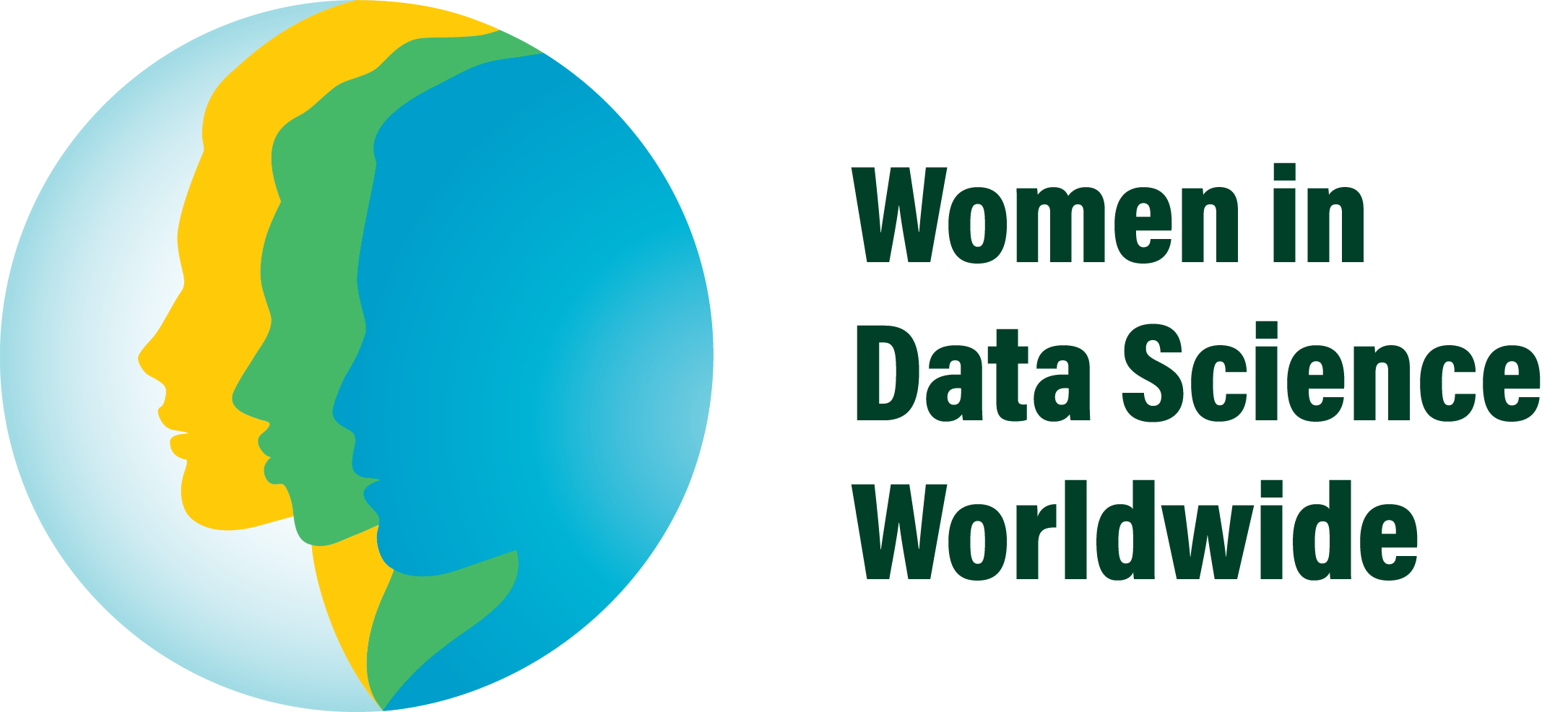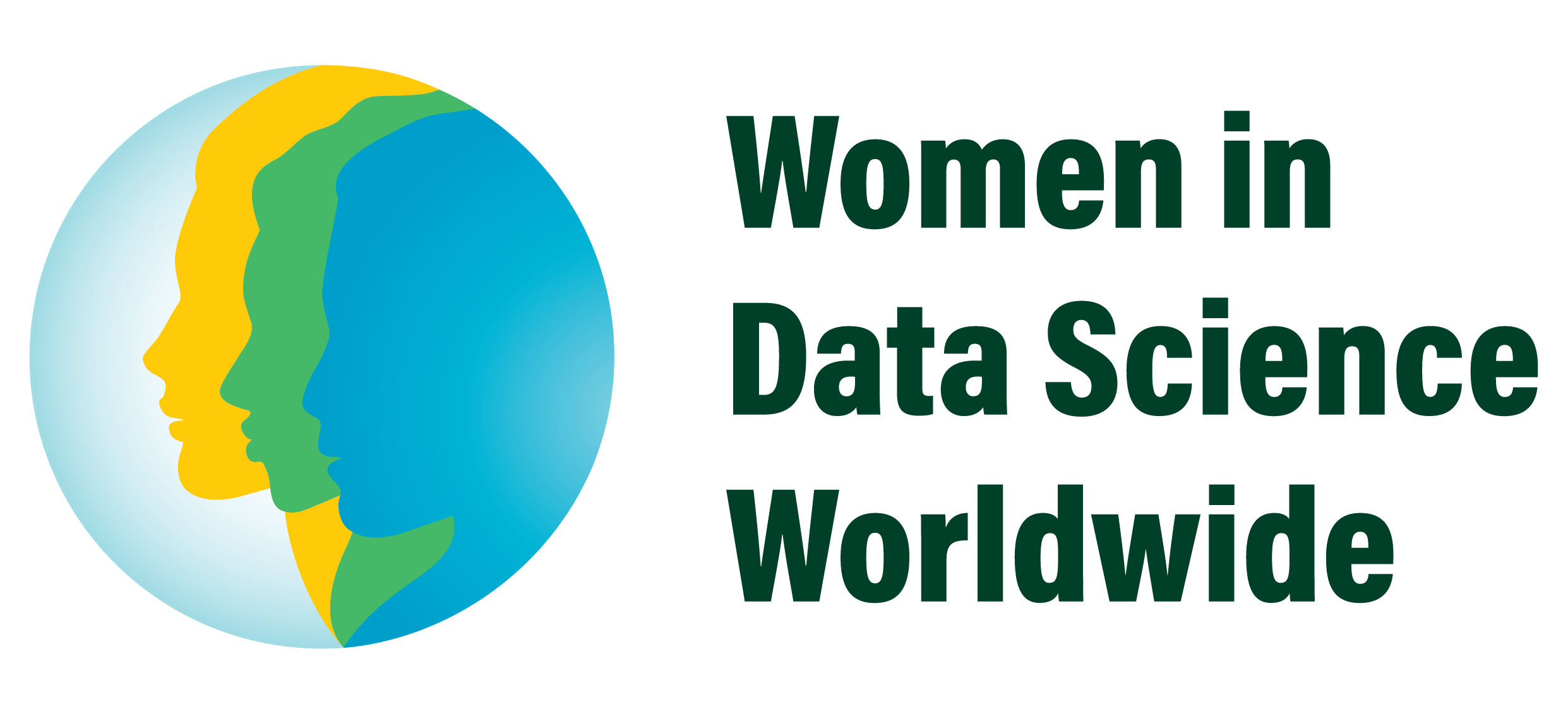Farm-to-Plate AI: Enhance Freshness and Reduce Waste with Robotics and Computer Vision
In the Sustainable Development Goals report for 2022, the United Nations found that nearly 1 in 3 people lacked regular access to adequate food in 2020. At the same time, nearly 13% of food is lost in the food supply chain from harvesting to transport to storage to processing. When food is wasted, so are the energy, land, and resources that were used to create it. We can use emerging technology to develop more sustainable food chains.
Autonomous robots, artificial intelligence and remote sensing technology can optimize farm operations using precision farming, automate harvesting and grading, and monitor food quality during transportation. Reducing waste at each of these stages increases throughput.
In three hands-on exercises, you track the journey of mangoes from a farm that uses autonomous robots to the market while monitoring mango ripeness using hyperspectral images and deep learning. The first exercise introduces a physical model of a robot that surveys a virtual mango farm using an obstacle-avoidance algorithm. In the second exercise, you use images captured by the robot to count mangoes and estimate the harvest yield. In the final exercise, you use hyperspectral images and a machine learning model to monitor the ripeness of the mangoes.
Getting Started with Streamlit for Data Science
Streamlit is a fantastic Python package that allows us to use native Python to create beautiful interactive front-ends for our data science projects. This tutorial will show you how to get started with Streamlit, so you can start creating your own interactive apps.
Seeking Humanity via Technology: How AI Can Be Used to Reduce Maternal Mortality
Maternal mortality continues to be a global issue however, studies over the past 5 years identify a growing alarming trend in the United States with respect to maternal mortality. According to several studies from the Centers for Disease Control, “Black women are three times more likely to die from a pregnancy-related cause than White women”. Many of these same studies have also acknowledged that most pregnancy-related deaths are preventable and that this alarming trend continues to grow. This session will entail providing an overview of historical approaches to this issue. The emphasis of this presentation will identify that Artificial Intelligence (AI) could be used to reduce maternal mortality and how AI could be used to reduce maternal mortality.
The WiDS Datathon 2023 challenge used data science to improve longer-range weather forecasts to help people prepare and adapt to extreme weather events caused by climate change. The dataset was created in collaboration with Climate Change AI (CCAI). WiDS participants submitted forecasts of temperature and precipitation for one year, competing against the other teams as well as official forecasts from NOAA.
The WiDS Datathon 2022 challenge addressed an important way to mitigate the effects of climate change with a focus on energy efficiency. The dataset was created in collaboration with Climate Change AI (CCAI) and Lawrence Berkeley National Laboratory (Berkeley Lab). Participants analyzed regional differences in building energy efficiency and built models to predict building energy consumption.
The WiDS Datathon 2021 challenge focused on creating models to classify whether patients have been diagnosed with a certain type of diabetes which could inform treatment in the ICU. Participants used data from MIT’s GOSSIS (Global Open Source Severity of Illness Score) Initiative.
The WiDS Datathon 2020 challenge created models that predict patient survival. MIT’s GOSSIS community initiative, with privacy certification from the Harvard Privacy Lab, provided a dataset of more than 130,000 hospital Intensive Care Unit (ICU) visits from patients. This data was part of a growing global effort and consortium spanning Argentina, Australia, New Zealand, Sri Lanka, Brazil, and more than 200 hospitals in the United States.
The WiDS Datathon 2019 challenge utilized a dataset of high-resolution satellite imagery to build awareness about deforestation and oil palm plantations. Planet and Figure Eight provided an annotated dataset of satellite images taken by Planet satellites. The task was to train a model that takes as input a satellite image and outputs a prediction of how likely it is that the image contains an oil palm plantation.
The WiDS Datathon 2018 worked with the InterMedia Survey Institute, a grant recipient of the Bill & Melinda Gates foundation in their Financial Services for the Poor program. The dataset for the challenge contained demographic and behavioral information from a representative sample of survey respondents from India about their usage of traditional financial and mobile financial services. Participants analyzed the data and build machine learning and statistical models to predict the gender of each survey respondent.

